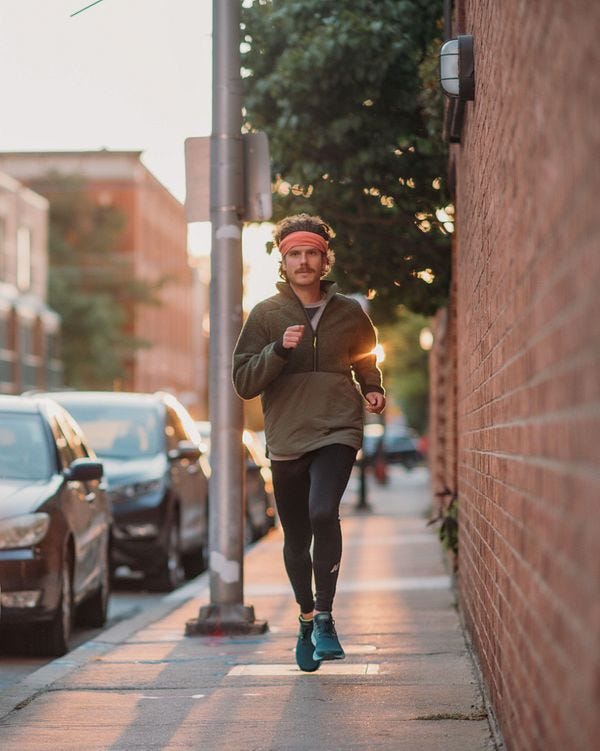Since joining a New Jersey running company as retail director in 2019, Jennifer Heiner has assisted with aspects of business development and overseen daily operations at several of the company’s stores. Jennifer Heiner-Pisano balances her professional responsibilities with membership in the New York Road Runners (NYRR) recreational running club.
Having coaching this guidance is incredibly important for new and returning runners alike. Whether starting from scratch or working your way back up to peak form, building a good “base” of running is key to staying healthy and preventing injury, and also doing your best. Fleet Feet, a fantastic chain of local running stores, recently published an article about this very topic.
“Winter footing might not always be so hot, but the colder months offer a great opportunity to build an aerobic base. This phase of training — consisting almost entirely of easy to moderate runs with a little dash of hills and speed thrown in — is the greatest predictor of future success in races ranging from the mile to the ultramarathon. It may lack the glamor of speed work, but nothing makes you faster than your base (and what’s in it).”
Phil Later on Fleet Feet’s blog states that “[r]unning lots of easy miles is good, but it’s not the most efficient way to improve (especially since most of us don’t have the time or inclination to run 160 miles next week!). Over time, coaches and physiologists came to realize that incorporating greater variety into a base phase led to better results. The body, after all, responds to training that challenges it. Do the same thing every day, and that challenge diminishes, as do the gains. For that reason, a proper base phase should incorporate the following runs:

Long runs:
A weekly staple for many, a long run should introduce the biggest single dose of aerobic running in a given time frame. Long runs enhance general fitness and musculoskeletal strength while giving you a psychological boost from covering so much ground. Runs that get incrementally faster (known as progression runs) or contain surges and pickups further increase the training stimulus.
Easy/regular/aerobic runs:
During the base phase, regular runs are incredibly important. Since workouts are less intense and more spaced out, these runs serve as a great way to reinforce the benefits of a long run in a smaller, more manageable package.
Fartleks and tempos:
Tempo runs and fartlek sessions are generally aerobic in nature, but it’s a higher-level aerobic workout that receives support from an anaerobic energy processes. You’ll feel this shift as labored breathing and tired legs. Whether it’s a steady five-mile tempo at half-marathon pace or a 30-minute session alternating two minutes hard with one minute easy, the goal should be to stay moderately uncomfortable throughout. These workouts also serve as a good bridge toward the shorter, more intense interval sessions that define the next phase of training in the spring.”
Start incorporating more of these different types of runs to get your base ready to take you to the next level for your spring races!















